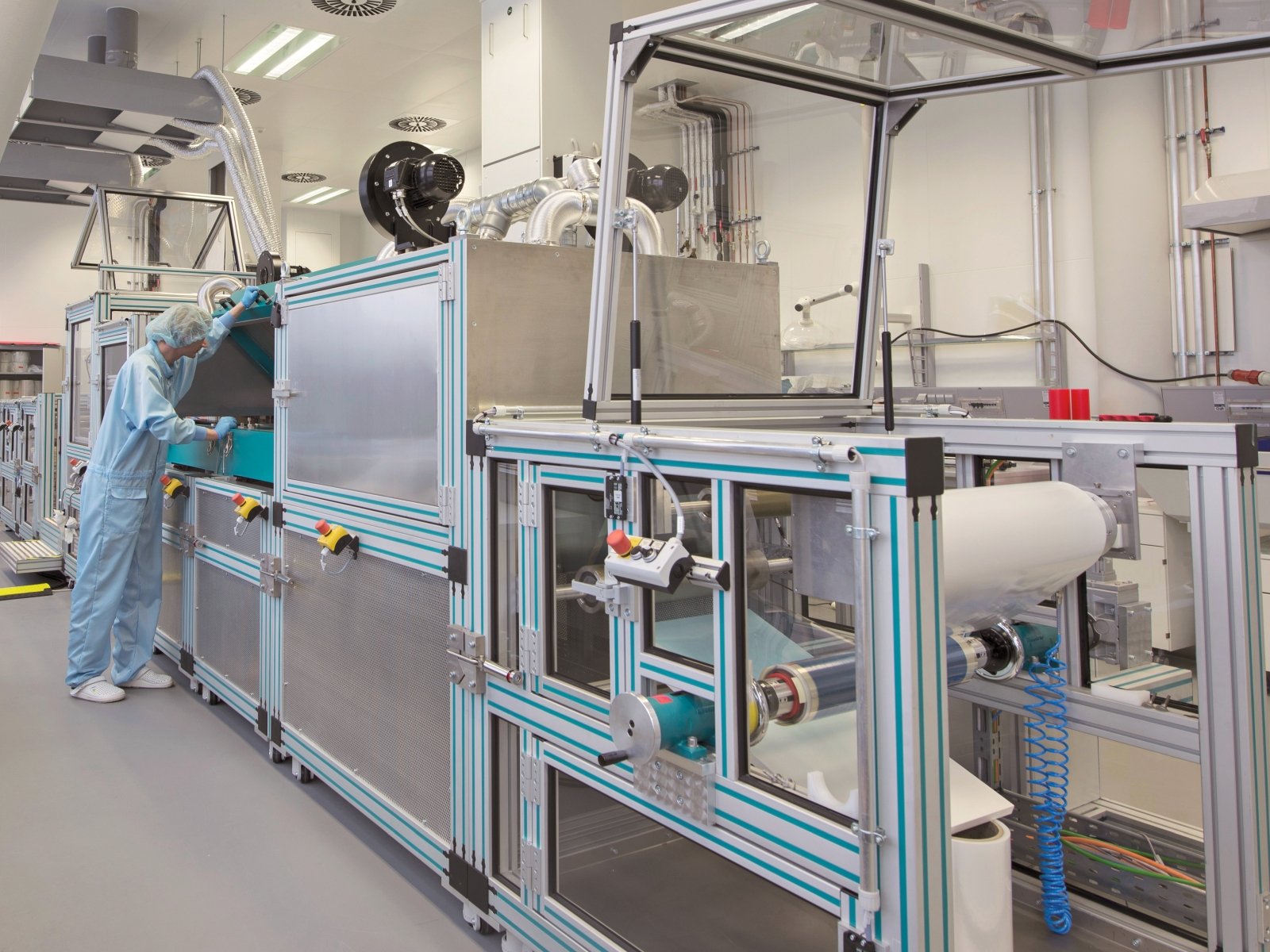
The German Fraunhofer Institutes FEP in Dresden and ISC in Würzburg, together with the Swedish firm ChromoGenics and several other parties, have developed a sunlight-resistant glass that can greatly reduce energy consumption in buildings. The windows are now being tested in a hospital in Athens, Greece and an office building in Uppsala in Sweden. The trial forms part of the European Switch2Save project.
“We think that we can reduce energy consumption by perhaps 70% in Athens,” says John Fahlteich of the FEP in Dresden in a response by phone. He is leading the EU project in which, in addition to ChromoGenics, TU Athens and Czech University Západočeská are also taking part. Together, the participants are receiving an EU grant of over 5 million euros.
Less use of air conditioning
The biggest advantage of using this glass is that air conditioning doesn’t have to run as much in the summer, says Fahlteich. The novelty lies in the fact that the glass responds to temperature changes all by itself.
When the sun shines hard in the summer, temperatures normally rise quickly in a building with a lot of glass facades. The Switch2Save windows react to this immediately by blocking out the sunlight. The brighter the sun burns, the darker the glass.
“Tinted glass against high temperatures is not in itself new,” says Fahlteich. What does already exist are glass windows that have varying degrees of protection from the sun.
“But something that doesn’t yet exist is window glass that responds automatically to temperature changes.”
How does it work?
Fraunhofer and ChromoGenics are employing two techniques: Glass with what is called a thermochromic layer (a coating) and glass with an electrochromic layer. It can also be a combination of the two.
With the electrochromic coating, the temperature is measured by sensors that send a signal when it gets too hot. A computer then causes the coating to change color through a pulse of electricity.

With the thermochromic glass, there is no need for that electric current and the glass automatically changes color when it becomes warmer or colder. According to Fraunhofer, the two types of glass are complementary to each other and can be used side by side.
Polymer
Both use a polymer coating that is laminated as a thin film onto 4-millimeter thick glass pane. This is done under vacuum pressure in large machines. The coating is 100 micrometers (μm) thick, which adds an extra weight of 500 grams per square meter.
The windows are available in the colors grey and blue, but according to Fahlteich, more varieties are being worked on. Research is also being done to see if the coatings can be applied to glass with a curvature, such as the windshield of a car, for example.
Which environmental gains can be made?
What gains can be made? The Fraunhofer Institute points to a study by the German Federal Environment Agency, which calculated that in Germany, buildings are responsible for 30% of CO2 emissions and 35% of energy consumption. The numerous glazed office towers in cities are a particular problem.
Although most of these offices have blinds to keep out the heat, they are frequently not used, either because they have been forgotten or because they are considered unsightly. With thermochromic glass, there is no of avoiding it and consequently a lot of environmental gains can be made.
The greatest gains can obviously be made in really hot countries like Greece, Turkey or Saudi Arabia. But there are also gains to be made in northern Europe. Moreover, the windows work as a kind of giant pair of sunglasses, which make the working environment more comfortable.
Generating electricity
Thermochromic and electrochromic windows can definitely not be used to generate electricity. According to Fahlteich, these types of windows do exist in the form of transparent solar panels, but so far these are still very dark, are unable to change color, and also generate much less electricity than classic solar panels.
There are two types of transparent solar panels. One is a panel that only converts ultraviolet light into electricity and the other is an ordinary solar panel with – to put it very bluntly – holes in it.

Heliatek
In the US, this is being researched by Michigan State University and MIT, which spawned the start-up Ubiquitous Energy. Over in South Korea, Incheon National University and the Ulsan National Institute of Science and Technology are also working on this.
Europe is lagging somewhat behind in this area. An interesting company from Germany is Heliatek, which is also based in Dresden. This company has launched a very thin foldable film (see photo above) onto the market that produces electricity. The foil can be applied to different types of surfaces. To date, the foil is not allowing light to pass through, but according to Heliatek, it will not be too difficult to change that.
The only problem, according to Heliatek, is that it is economically uneconomical because of the low power output. When it comes to transparent solar cells, panels or if in the case of Heliatek foil, you have to remember that a few percent of the energy from sunlight can be converted into electricity, while a regular solar panel yields more than 20 percent.
You can read the press release from the Fraunhofer Institute here.

